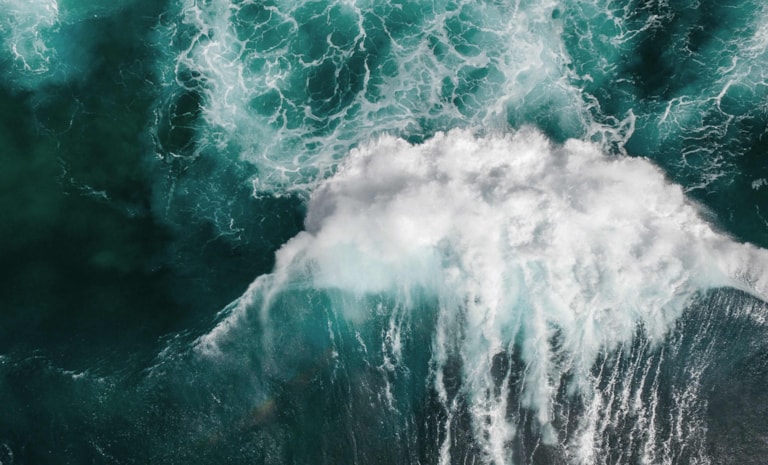Reducing our energy consumption
Converting ferries to battery power not only results in lower emissions, it also reduces ForSea’s energy demand. This is because the conversion efficiency for batteries is much higher than that of a diesel engine. When powered by batteries alone, the energy consumption for a ferry is expected to be reduced by around 40%.
Our aim is to reduce the company’s energy demand even further with, for example, ECO driving which involves the use of more fuel-efficient sailing strategies. A special project group involving a navigator from each vessel has been working with on ECO driving since 2016. ForSea also has its own ferry simulator focusing on strategies and practical exercises in the use of ECO driving.
In autumn 2018, a test was carried out using the Blue Flow fuel measuring system on the Aurora. With the help of the system, a navigator can monitor diesel consumption in real-time and adapt his or her steering strategy accordingly. Blue Flow has proven itself to be an effective tool in reducing fuel consumption, so it will be rolled out onto all our other vessels throughout 2019.
